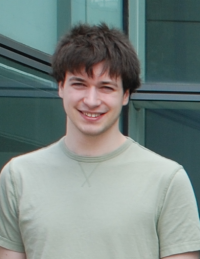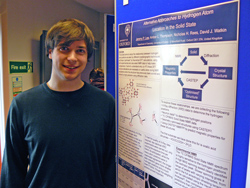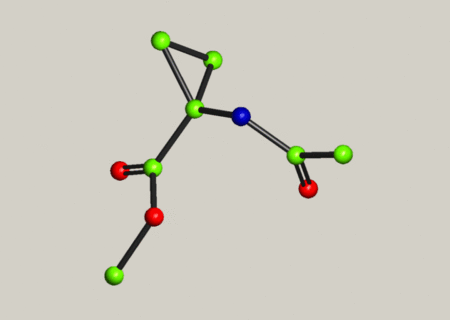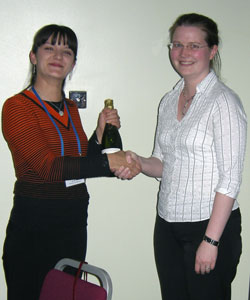The 31st European Crystallography Meeting was held in Oviedo, Spain from 22-26 August 2018.
 During the meeting George Sackman presented a poster (MS10-P05) on recent neutron diffraction work with Richard Cooper and Alison Edwards: Disordered or not: A cautionary tale when inferring proton disorder solely from X-ray and computational data.
During the meeting George Sackman presented a poster (MS10-P05) on recent neutron diffraction work with Richard Cooper and Alison Edwards: Disordered or not: A cautionary tale when inferring proton disorder solely from X-ray and computational data.
Richard Cooper gave a presentation (GI-MS47-O5) in the Saturday afternoon session How to… take your next steps in crystallography, based on experience of a career which despite including several areas of science and organisations rarely strayed outside the OX postcode.
On Sunday afternoon Amber Thompson presented (MS27-O5) Adventures in modulation: derivatives of Barluenga’s reagent, including work from Lewis Morgan, Yejin Kim, Emma McKinley, Jack Blandy, Claire Murray and Kirsten Christensen, in the session Quasicrystals: theory and
experiment.
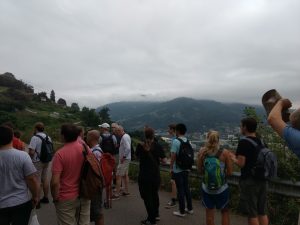
Prior to the meeting, Richard Cooper was a tutor at the ECA Crystallographic Computing School in Mieres, organised by the ECA SIG 9 and gave a lecture on Programming Crystallographic Symmetry.
